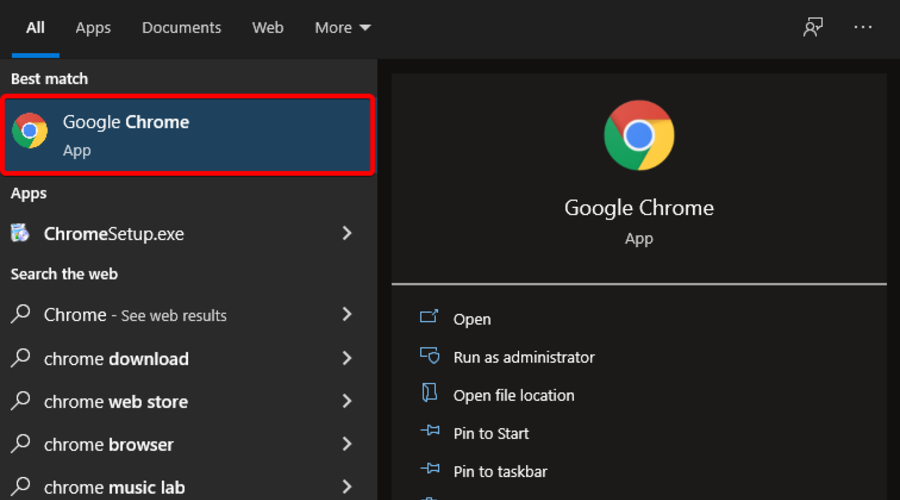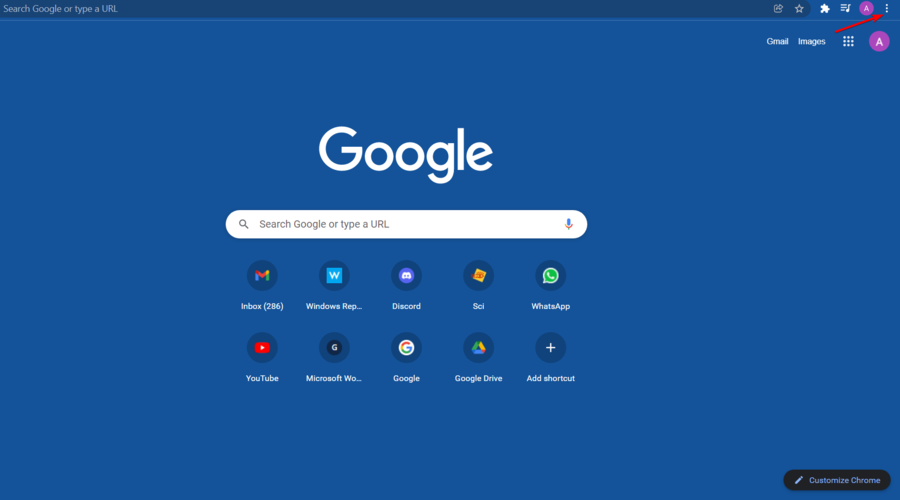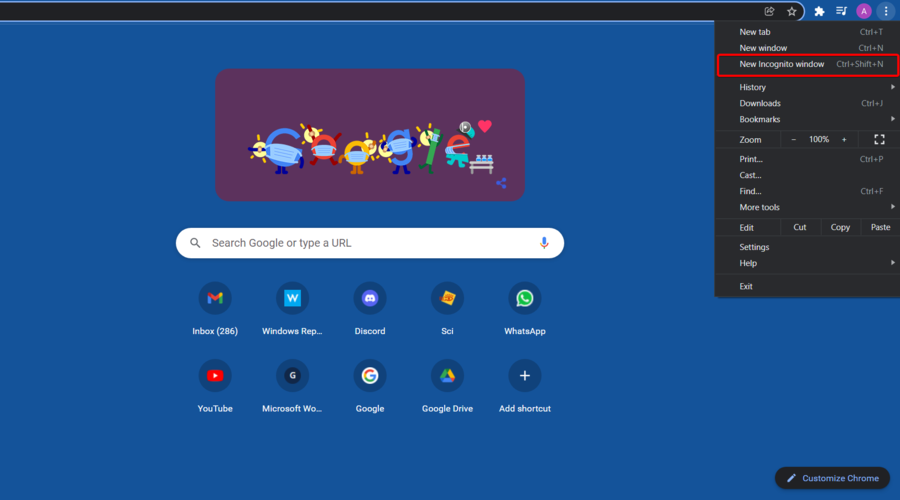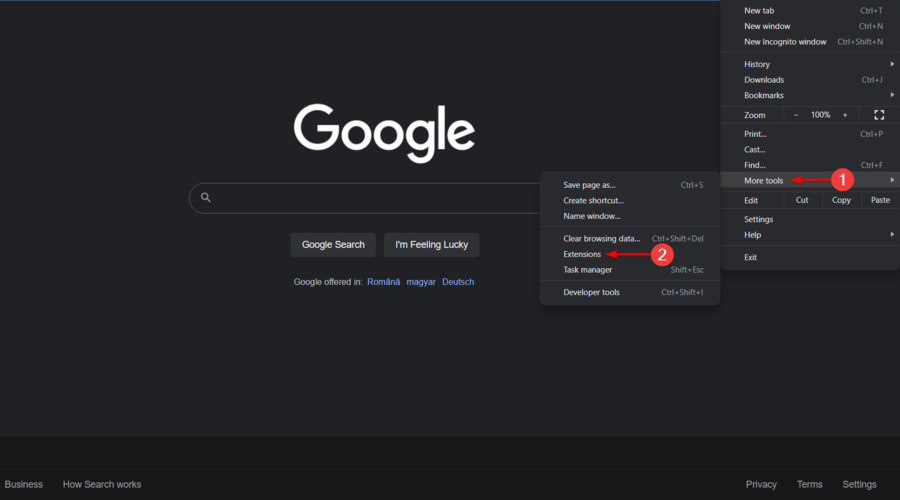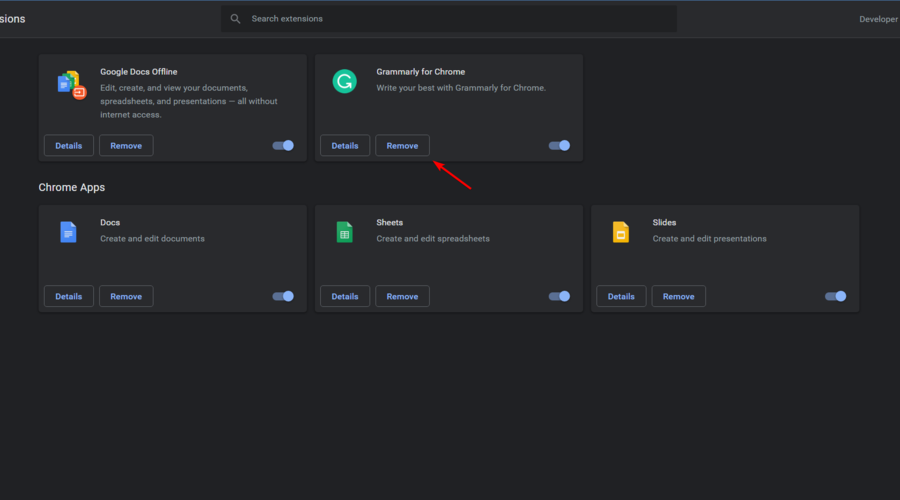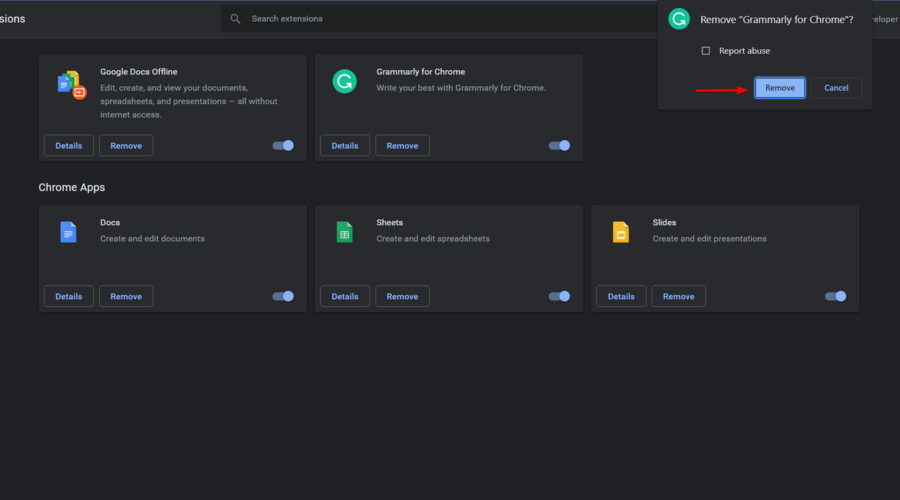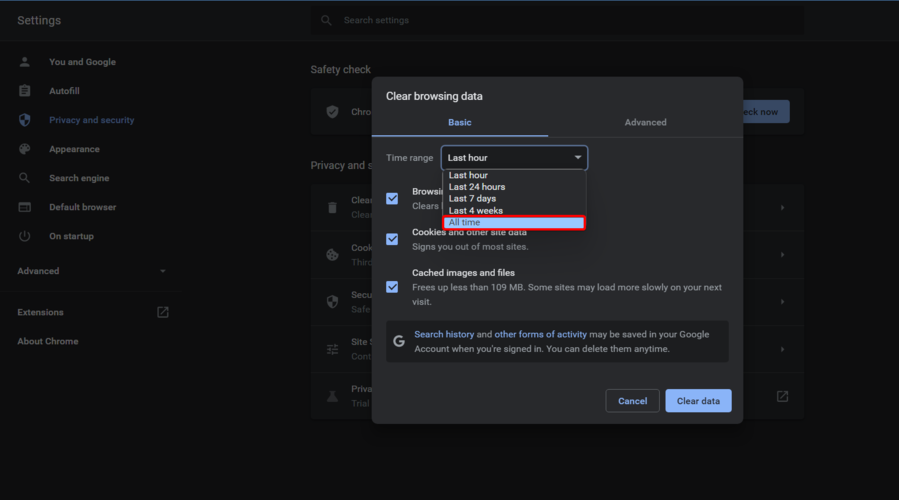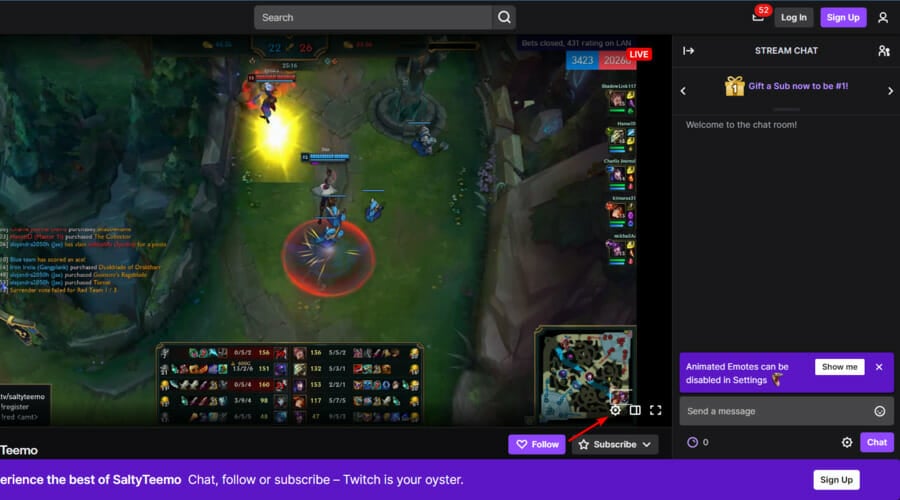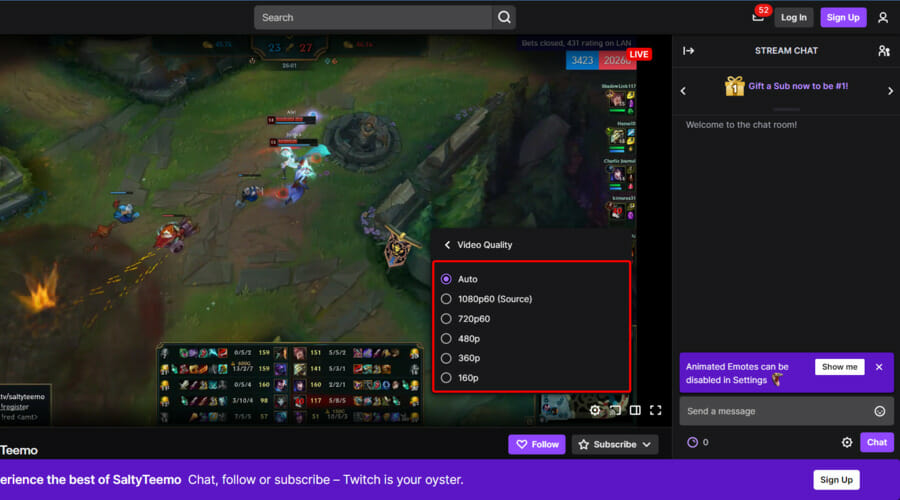What @tunji-oyeniran said worked for me.
I installed prettier globally, like he said:
npm i prettier -g
Then I looked inside my computer to find it
I saw using pwd command that the path is correct, then I moved to vscode and I looked for that extinsion path:
I restarted the vscode and I saw that formating code is working.
This si my settings.json:
{
"editor.minimap.enabled": false,
"editor.fontSize": 12,
"editor.formatOnSave": true,
"editor.tabSize": 2,
"liveServer.settings.donotShowInfoMsg": true,
"editor.wordWrap": "on",
"workbench.iconTheme": "material-icon-theme",
"emmet.triggerExpansionOnTab": true,
"emmet.showSuggestionsAsSnippets": true,
"editor.snippetSuggestions": "top",
"[javascript]": {
// "editor.defaultFormatter": "esbenp.prettier-vscode",
"editor.formatOnSave": true,
"editor.formatOnPaste": true
},
"workbench.colorTheme": "Monokai",
"window.zoomLevel": 0,
"editor.columnSelection": false,
"explorer.compactFolders": false,
"typescript.updateImportsOnFileMove.enabled": "always",
"javascript.updateImportsOnFileMove.enabled": "always",
"liveServer.settings.donotVerifyTags": true,
// "javascript.format.enable": true,
"prettier.prettierPath": "/usr/local/lib/node_modules/prettier",
}
The prettier path was added automatically here, in this settings.json.
Challenge
A Veeam Agent for Linux backup job fails with the following error:
Failed to load module [veeamsnap] with parameters [zerosnapdata=1 debuglogging=0]
(The number of parameters listed in the error may vary depending on Veeam Agent for Linux version.)
Cause
This error occurs when the veeamsnap module cannot be loaded. The most common reasons are:
- The module is not installed
- The installed module is not compatible
- DKMS was unable to compile the module
- The kernel headers package is missing.
- The kernel headers version and the running kernel version mismatch.
- Loading 3rd party kernel modules are not allowed
- You are using an operating system, that is not supported (for the list of supported OSes see User Guide: System Requirements).
Solution
About the veeamsnap kernel module
The veeamsnap module is available to be compiled using DKMS or as a precompiled module for select distros (kmod for RHEL/CentOS* or kmp for SLES/openSUSE).
For more information about installation requirements, please see: Veeam Agent for Linux — System Requirements.
*Precompiled veeamsnap kmod is not compatible with Oracle Linux.
Check if veeamsnap prerequisites for RHEL/CentOS 7.0+ are present
For RHEL/CentOS 7.0+ using Veeam Agent for Linux version 4+, ensure that the python3 package is installed and working correctly. If it is not, install/fix it before proceeding with troubleshooting. Python3 is used to load the correct pre-compiled veeamsnap version into the kernel automatically.
Run the following commands to query if python3 is installed as a package:
Check if veeamsnap kernel module is installed
Use the following command to determine if the veeamsnap module is installed:
For RPM-based distributions:
If this command returns nothing, then the veeamsnap module is not installed.
Pre-compiled veeamsnap kernel modules will be listed as:
kmod-veeamsnapveeamsnap-kmp-default
For Debian-based distributions:
If this command returns nothing, then the veeamsnap module is not installed.
Check if veeamsnap kernel module is loaded
Use the following command to query the state of the veeamsnap module:
If the veeamsnap is loaded, unload it and rerun the backup job. (the job will load the module automatically)
Checking veeamsnap precompiled module compatibility
Each precompiled veeamsnap module is built for a specific version of RHEL/CentOS/SLES/openSUSE.
Use the examples below to check if the correct precompiled veeamsnap module is installed.
RHEL/CentOS
Check if the active kernel’s major version matches one of the installed veeamsnap modules.
Example:
# uname -r
3.10.0-1160.25.1.el7.x86_64
# find /lib/modules | grep veeamsnap
/lib/modules/3.10.0-862.el7.x86_64/extra/veeamsnap.ko
/lib/modules/3.10.0-1062.el7.x86_64/extra/veeamsnap.ko
/lib/modules/3.10.0-1127.el7.x86_64/extra/veeamsnap.ko
/lib/modules/3.10.0-1160.el7.x86_64/extra/veeamsnap.ko
/lib/modules/3.10.0-123.el7.x86_64/extra/veeamsnap.ko
/lib/modules/3.10.0-229.el7.x86_64/extra/veeamsnap.ko
/lib/modules/3.10.0-327.el7.x86_64/extra/veeamsnap.ko
/lib/modules/3.10.0-514.el7.x86_64/extra/veeamsnap.ko
/lib/modules/3.10.0-693.el7.x86_64/extra/veeamsnap.ko
/lib/modules/3.10.0-957.el7.x86_64/extra/veeamsnap.ko
If there are no veeamsnap modules for the kernel version, the installed build of Veeam Agent for Linux is not compatible. Please review KB2804 to determine which build of Veeam Agent for Linux should be installed.
SLES/openSUSE
First, ensure that the kernel version in use corresponds with the OS version. Review SUSE KB#19587 for more information. If the kernel version does not correspond to the OS version, Veeam Agent for Linux and the veeamsnap module may not load, or the wrong version may be installed.
The Veeam Agent for Linux user guide lists which version should be used with each SLES or openSUSE OS version.
Example:
# hostnamectl
Static hostname: testmachine
Transient hostname: testmachine
Icon name: computer-vm
Chassis: vm
Machine ID: 25433cc502ff0082e5f1ff835c01295b
Boot ID: 1296228f7483469b93db28713a2b40e0
Virtualization: vmware
Operating System: SUSE Linux Enterprise Server 12 SP3
CPE OS Name: cpe:/o:suse:sles_sap:12:sp3
Kernel: Linux 4.4.180-94.141-default
Architecture: x86-64
In this example, the kernel 4.4.180-94.141 is correct for the OS SLES12 SP3 — LTSS.
The Installing Veeam Agent for Linux in SLES user guide page indicates that this SLES OS version correlates to veeamsnap-kmp-default-5.0.0.4318_k4.4.73_5-2
Reassociate module after kernel upgrade
If the «Failed to load module» error begins appearing after a kernel upgrade that does not change the release (version and SP), execute the following command to link the module to the new kernel and then try to rerun the job:
depmod -a
Troubleshooting DKMS failing to compile veeamsnap module
When using DKMS to compile the kernel module, ensure that the installed kernel-headers package matches the kernel in use. If the kernel-headers package is not installed, or the installed kernel-headers package does not match the kernel in use, you will need to install the matching kernel-headers package.
After installing/updating the kernel-headers package, reinstall Veeam Agent for Linux.
Examples of Matching kernel-headers and kernel:
Example for Debian/Ubuntu:
Example for Oracle Linux:
Using veeamsnap module with Secure Boot
If Secure Boot is enabled, the kernel module may not be loaded due to system restrictions. In such a situation, review the following:
- For the pre-compiled veeamsnap module (kmod/kmp), the veeamsnap-ueficert package containing the module key must be enrolled using mokutil to allow the module to load.
Please refer to: - For DKMS-compiled modules, there is no such package, as it is not possible to automatically sign non-precompiled modules. In this case, you must either sign the module yourself and enroll the key to your system or disable Secure Boot.
- Veeamsnap-ueficert and veeamsnap (DKMS, kmod, kmp) packages should be of the same release version.
More Information
If the information in this article does not resolve the issue, please open a support case and include the following information.
Run each command as root, save the output, and attach it to the support case.
Note: Some commands may return an empty response, be sure to include these results.
To submit feedback regarding this article, please click this link: Send Article Feedback
To report a typo on this page, highlight the typo with your mouse and press CTRL + Enter.
We recommend temporarily disabling your browser’s extensions
by Vlad Turiceanu
Passionate about technology, Windows, and everything that has a power button, he spent most of his time developing new skills and learning more about the tech world. Coming… read more
Updated on July 27, 2022
Reviewed by
Vlad Turiceanu
Passionate about technology, Windows, and everything that has a power button, he spent most of his time developing new skills and learning more about the tech world. Coming… read more
- Even if Twitch is an efficient app, some users reported that it failed to load modules, especially when running it on Chrome.
- If Twitch fails to load some modules, make sure you use a dedicated browser to get an incredible streaming experience.
- Because this affects your activity, you should try to clear Chrome’s cookies and cached files.
- CPU, RAM and Network limiter with hot tab killer
- Integrated with Twitch, Discord, Instagram, Twitter and Messengers directly
- Built-in sound controls and custom music
- Custom color themes by Razer Chroma and force dark pages
- Free VPN and Ad blocker
- Download Opera GX
Some users reported that Twitch failed to load a specific module in Chrome? If it’s happening to be in the same boat, make sure you read this guide thoroughly. It is dedicated only to you.
Twitch.tv is one of the biggest live streaming platforms on the Internet, known to be focusing on game streaming. The app also started giving more attention to IRL and eSport competition broadcasts.
Unfortunately, there is one frequent issue that often bugs Twitch users. For example, the error message Failed to load module may sometimes prevent streams from loading.
We came up with a series of methods to fix this frustrating error. Since this issue is prevalent for Chrome users, we’ll refer specifically to this browser.
Why Twitch failed to load modules?
Because it is essential to be aware of the causes of our presented problem, we’ve compiled a helpful list:
- Extensions, cookies, or cache blocking the app – This is annoying and can also determine Twitch not loading on Chrome or Firefox. Fortunately, we have the perfect solution to disable them.
- Wrong quality settings – Remember that these settings come with the Auto mode. In this case, you should configure them according to your own needs.
- Browser-related bugs – Like any other app or program, your browser might randomly get into trouble. However, we strongly recommend using a reliable option that will never disappoint while streaming on Twitch.
How do I fix failed to load a module on Twitch?
1. Switch to Opera GX
Before you start troubleshooting, as the Failed to load module error is specific to Chrome, ask yourself if you wouldn’t prefer a dedicated gaming and streaming browser like Opera GX.
For starters, Opera GX has a built-in Twitch feature waiting for you on the sidebar so you can keep up with all the live streams conveniently, with just a click.
What do you want when you’re streaming? A fast browser! Opera GX blocks cookies and trackers automatically to get you superior browsing speeds.
Opera GX is not only an ideal choice for streaming but was also designed with gaming in mind. And when it comes to gaming, it’s all about tweaking.
Try the GX Control feature that lets you manage how many resources your browser can access. For example, you can decide exactly how much CPU power, RAM, and bandwidth your Opera GX will use.
In other words, you can create ideal conditions for your gaming experience in a browser with radical UI and design.
Just give it a try because it’s free. You will convince yourself about all these and more.
Some PC issues are hard to tackle, especially when it comes to corrupted repositories or missing Windows files. If you are having troubles fixing an error, your system may be partially broken.
We recommend installing Restoro, a tool that will scan your machine and identify what the fault is.
Click here to download and start repairing.
Check out other Opera GX impressive features:
- Free VPN
- Ad-blocker
- Dedicated to streaming and gaming apps
- Easy to use and user-friendly interface
- Safe and private

Opera GX
Consider this gaming browser to navigate your Twitch content without loading issues.
2. Go Incognito
- Click the Windows key, type Chrome, and open the first result.
- Click the three dots in the top right corner of Google Chrome.
- Select New incognito window from the list of options.
- Open Twitch in Incognito Mode and see if the streams are now loading.
3. Disable all Chrome extensions
- Hit the Windows key, type Chrome, then open the first result.
- Press on the three dots in the top right corner of Google Chrome.
- Hover the mouse over More Tools, then select Extensions.
- Now, you’ll see a list of extensions. Click on the Remove button.
- Confirm by clicking again on Remove.
- Repeat the process for all your extensions.
- Go to Twitch and check to see if the stream is now loading.
This is a valid solution if Twitch failed to load a module in Chrome.
4. Clear the cache, cookies, and history in Google Chrome
- Hit the Windows key, type Chrome, then open the first result.
- Use the following keyboard shortcut to open the Clear browsing data menu: Shift + Ctrl + Delete
- Select All time as the time range.
- Check the boxes next to Cookies, other site data, and Cached images and files.
- Now, click on Clear Data.
Now check if the error whereTwitch chat failed to load the module still exists. While this solution is adapted for Chrome, you may also clear the cache if Twitch failed to load a module in Firefox.
5. Change stream video quality
- Go to Twitch. tv.
- Browse something, and while the stream is loading, you will need to click the Settings icon in the bottom right corner (it is marked as a gear).
- Then you need to expand the Quality setting.
- Choose a different resolution.
Complete this process before receiving the error message; otherwise, it will not work. If you cannot perform this task fast enough, refresh the stream and try it again.
If Twitch.tv failed to load a module, you should try this solution.
6. Get the Twitch desktop app
If you can’t get the Twitch streams to open in Google Chrome, your last resort is to download the desktop app.
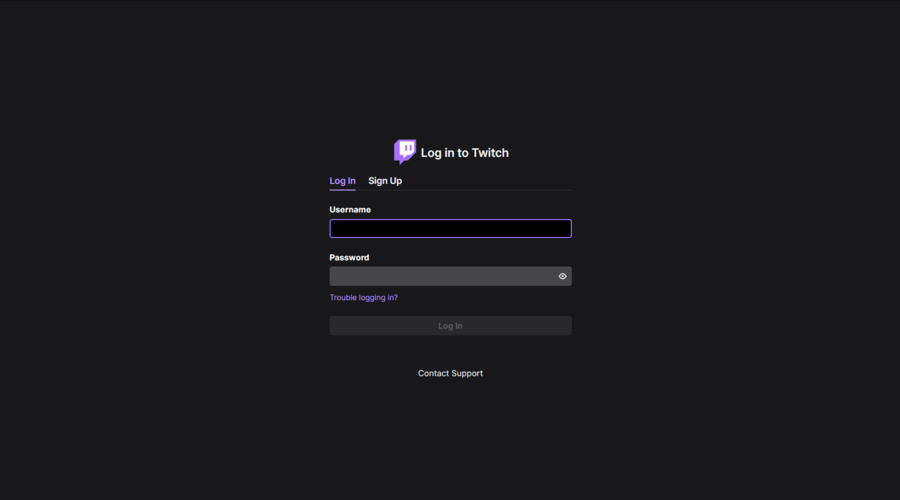
The Twitch desktop app is known to have many improvements compared to its web version.
As it is a stand-alone app, it has better responsiveness and offers some extra tools and features.
Which browser is best for Twitch?
Twitch is a very resource-intensive application. It means that running it on the most resource-efficient browser is paramount.
Opera GX is our recommended choice. Apart from being light on resources, it also offers seamless native integration for the service. With this, you do not need to close tabs to get the best out of Twitch, and you can multitask.
In today’s guide, you’ve discovered what you should do if Twitch failed to load modules. However, several other loading problems might occur while running the app. To prevent them effortlessly, make sure you check the following list:
- In-browser – Unfortunately, it seems like Twitch is sometimes not loading at all on Chrome or Firefox. Because these are also some of the most popular browsers, it is not an uncommon error.
- Chat can not connect – Many people reported that Twitch chat is not loading. You should know that it isn’t a big problem, but it can be annoying, especially if you want a complete experience.
- Twitch error while loading followed channels – Most commonly, this error is caused by a server-side issue. So, if you ever face it, use our dedicated guide.
We hope that our simple solutions brought you a positive result. If our solutions worked out for you, leave us a comment in the comments section below.
-
Partition Wizard
-
Partition Magic
- Twitch Failed to Load Module – Here’s How to Fix It
By Amanda | Follow |
Last Updated July 31, 2020
Some users have report Twitch failed to load module error on the forum. What can you do if you are facing the same problem? Don’t panic. In this article, MiniTool Partition Wizard summaries some solutions shared by other users and displays them with detailed instructions.
Twitch is a famous streaming platform used by millions of gamers and gaming fans. It allows users to easily stream live video games, TV series and music on the Internet. But things may not be always smooth with Twitch.
According to the reports from users, sometimes Twitch stopped loading or working with the “failed to load module” error message. It is really a frustrating problem for these who are used to streaming games or videos with Twitch.
This twitch error often appears in browsers like Google Chrome. If you come across the failed to load module issue on Twitch, you can firstly hard refresh the current webpage by pressing Ctrl and F5 at the same time.
What can you do if failed to load module Twitch error still exists? Some feasible solutions from forum are displayed in the following contents, and you can try them one by one. Here, I will take Chrome as an example to show the fixes for you.
Fix 1: Disable Browser Extensions
Most users would like to add extensions to their browsers, as they can bring extra functionality that the browser doesn’t have. Indeed, extensions make browsers more user-friendly. But actually, certain extensions might interfere with the normal functioning of Twitch and trigger the failed to load module issue.
In this case, you can disable your browser extensions to fix the problem.
Step 1: Open Chrome and click the three-dot icon at the top right corner of the interface.
Step 2: Choose More tools and then click Extensions.
Step 3: All the added extensions will be listed in the new page. Now, disable all of them by toggling off their switch buttons.
After that, restart your browser and check if the issue has been resolved. If the error message disappears, you can re-enable these extensions one by one to find the problematic one and then keep it disable or remove it.
If you still receive the problem, it should have nothing to do with the extensions, and you can move on to the next fix.
Fix 2: Clear Browser Cache
The Twitch failed to load module issue might appear due to the corrupted browser cache. Thus, clearing the cache of the browser might be able to resolve the problem.
To clear cache in Google Chrome, you need to:
Step 1: Click the three-dot button to open Chrome menu.
Step 2: Choose More tools > Clear browsing data.
Step 3: When you get the following dialog, check both Cookies and other site data and Cached images and files options, and then click Clear data button.
Fix 3: Reinstall Your Browser
Sometimes, the installation of your browser might be corrupted for certain reasons. This could also lead to the Twitch failed to load module issue. If you have other browsers installed on your computer, you can try using Twitch in another one such as Mozilla Firefox.
You might be able to stream videos properly in another browser. But if you want to continue using Twitch in Google Chrome, you might need to reinstall the browser.
Note: If you receive the failed to load module on Twitch in any other browsers, you can jump to the next solution.
Just open Control Panel and go to Programs > Programs and Features. Then, choose Google Chrome and click Uninstall, and follow the onscreen instruction to remove the program from your computer. Once it’s done, go to the official website to download the latest version of Chrome and reinstall it.
Fix 4: Use Desktop Version of Twitch
If all the above methods fail to fix Twitch failed to load module issue and you cannot receive the Twitch error in most browsers, perhaps you can use the desktop version of Twitch. As you know, the desktop app is always more stable and responsive than the web version. So, don’t hesitate to get the program in the official website.
About The Author
Position: Columnist
Amanda has been working as English editor for the MiniTool team since she was graduated from university. She enjoys sharing effective solutions and her own experience to help readers fix various issues with computers, dedicated to make their tech life easier and more enjoyable.
She has published many articles, covering fields of data recovery, partition management, disk backup, and etc. In order to provide more useful tips and information, she is still committed to expand her technical knowledge.
In computing, the Graphical User Interface helps the user interact with the program much more efficiently and gives the program a much cleaner look from the outside. There exists a toolkit known as GTK, which is utilized primarily to create graphical user interfaces for programs such as Ubuntu Desktop. Similarly, the Canberra library is used to implement sounds. Hence, the module named “libcanberra-gtk” is used to create GUI with their implemented sounds. While dealing with this module, a standard error may be encountered with the statement “failed to load module “canberra-gtk-module””.
This article will explain why this error is caused and how it can be resolved in your system.
How to Resolve the “failed to load module “canberra-gtk-module”” Problem?
This section will elaborate on this reason and then provide a simple solution to fix this error.
Reason: GTK Module Not Installed
This error will be invoked if your system does not have the GTK Module installed and you attempt to run any of this software on your system using the terminal.
Solution: Install the GTK Modules
The most obvious fix to this problem is to install the GTK Modules that were previously missing from your system. To install them, simply run the following commands in your Ubuntu 22.04 terminal:
$ sudo apt install libcanberra-gtk-module libcanberra-gtk3-module
That’s it! This guide has discussed the solution for resolving errors.
Conclusion
The “failed to load module “canberra-gtk-module”” problem is prompted when the system tries to access the GTK module but the GTK Module is not installed on your system. The error is resolved by installing the GTK Modules on the Ubuntu system using the terminal. This post has explained why the error “failed to load module “canberra-gtk-module”” and also demonstrated the solution.




![Twitch failed to load module errors [Chrome Fix]](https://cdn.windowsreport.com/wp-content/uploads/2021/12/Untitled-design-2021-12-29T123144.045-1-1.jpg)

